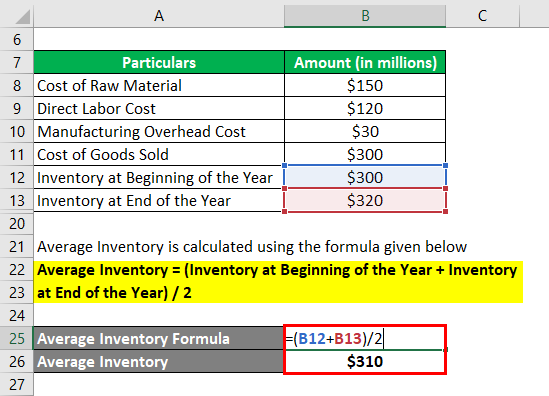


Where it’s relatively easy to find and train new employees quickly and at reasonably low cost, it’s possible to sustain high quality service despite having high turnover rates. Much depends on the labour market conditions in which the organisation competes. There’s no set point at which employee turnover starts to have a negative impact on an organisation’s performance. CIPD’s labour market outlook provides quarterly reports on the recruitment and redundancy intentions of employers, indicating how employment patterns are shifting within the UK labour market. Levels of turnover also vary across regions, with higher turnover rates where unemployment is lowest and where it is relatively easy for people to secure alternative employment. Turnover levels can vary widely between occupations and industries, with typically high turnover found in retail, hotels, hospitality and leisure, call centres and among other lower paid, private sector services groups. Turnover and retention patterns in the UK Retention relates to the number of retained employees, measured as the proportion of employees with a specified length of service (typically one year or more) expressed as a percentage of overall workforce.

It’s also possible to calculate more specific breakdowns of turnover data, such as redundancy-related turnover or resignation levels, with the latter particularly useful in assessing the effectiveness of people management practices.

The term is used broadly to cover all leavers, voluntary and involuntary, including those who resign, retire or are made redundant, in which case it’s describing overall, or ‘crude’, employee turnover. NOTE: Data have been revised to incorporate the annual updates to the Current Employment Statistics employment estimates.Employee turnover refers to the proportion of employees who leave an organisation over a set period (often on a year-on-year basis), expressed as a percentage of total workforce numbers. (2) The states (including the District of Columbia) that comprise the regions are: Northeast: Connecticut, Maine, Massachusetts, New Hampshire, New Jersey, New York, Pennsylvania, Rhode Island, and Vermont South: Alabama, Arkansas, Delaware, District of Columbia, Florida, Georgia, Kentucky, Louisiana, Maryland, Mississippi, North Carolina, Oklahoma, South Carolina, Tennessee, Texas, Virginia, and West Virginia Midwest: Illinois, Indiana, Iowa, Kansas, Michigan, Minnesota, Missouri, Nebraska, North Dakota, Ohio, South Dakota, and Wisconsin West: Alaska, Arizona, California, Colorado, Hawaii, Idaho, Montana, Nevada, New Mexico, Oregon, Utah, Washington, and Wyoming. (1) The annual average job openings rate is equal to the sum of the 12 monthly job openings levels as a percent of the sum of the 12 monthly CES employment levels and the sum of the 12 monthly job openings levels. Transportation, warehousing, and utilities Annual average job openings rates by industry and region, not seasonally adjusted ( 1) Industry and region


 0 kommentar(er)
0 kommentar(er)
